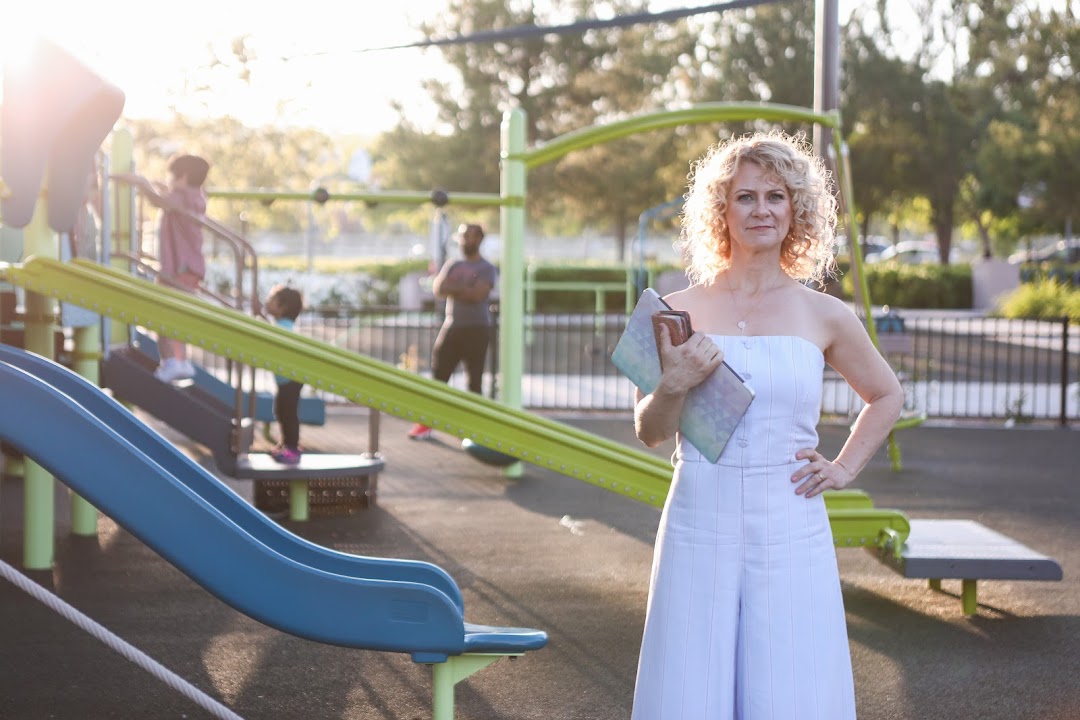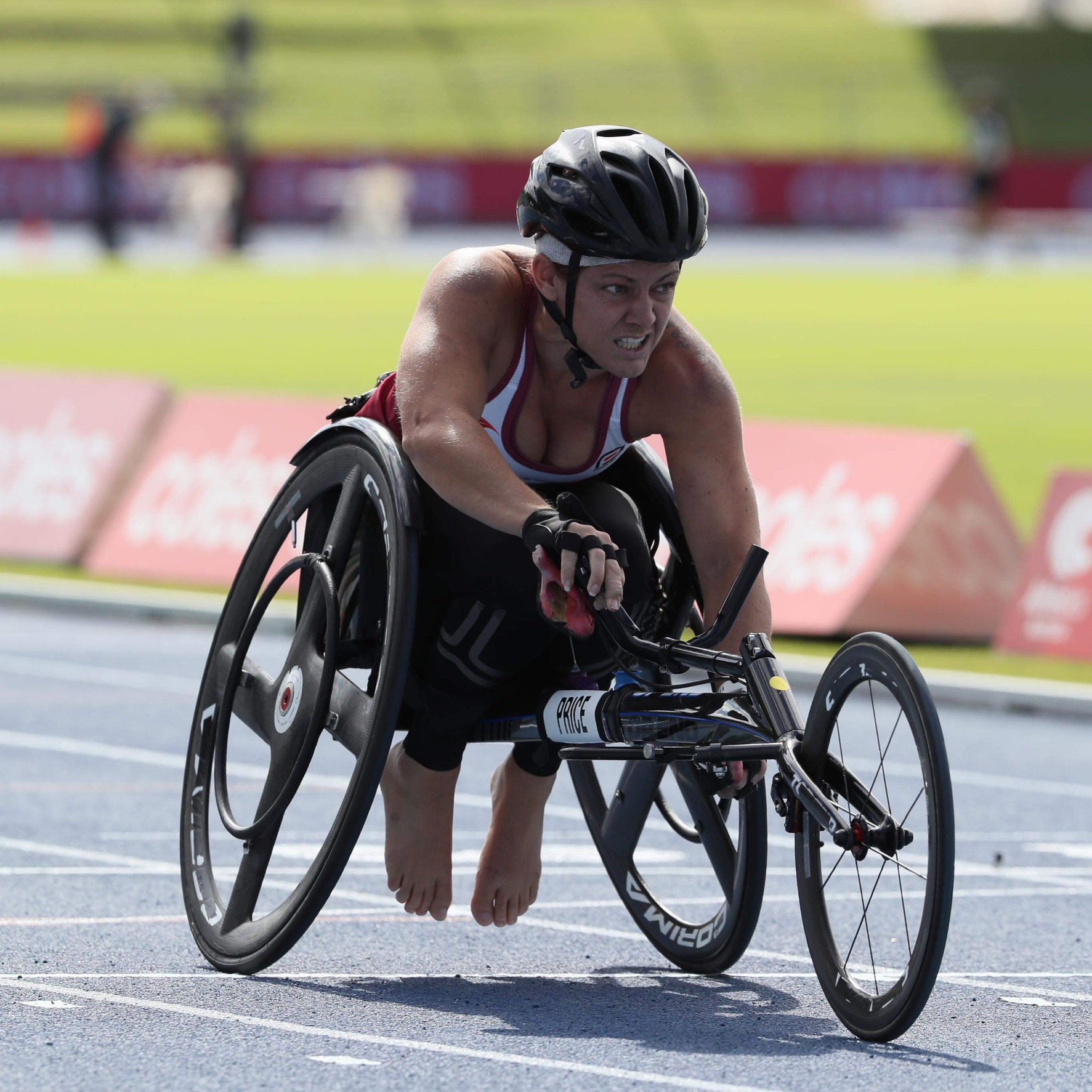A life of adventure after stroke
When Paul McLean suffered a severe stroke at the age of 40 his chances didn’t look good. Thanks to an innovative procedure enabled by medical technology, Paul is now embracing a life filled with adventure and is enjoying watching his young son grow up.
“My stroke happened on a Saturday morning in 2016,” Paul tells This Is MedTech. “I was talking to my wife, who realised after a bit of time that I had a faint look.” She then noticed a change in Paul’s face but became more concerned when he spoke. “I thought I was saying something to her,” says Paul. “But I was gurgling.”
Paul’s wife quickly called an ambulance and paramedics soon arrived. “One of the paramedics suggested that my wife might want some family at the house because things could get very serious very quickly,” Paul recounts.
The paramedics took Paul to the region’s main hospital rather than the local one, a decision that Paul says saved his life.
“They said they were going to do a computerised tomography scan and then send me back to the local hospital,” Paul explains. But the CT scan, which is similar to an X-ray but uses multiple images to build up a more detailed, three-dimensional picture, showed that Paul had a large clot on the left side of his brain. “They said I only had about an hour and might not make it to the local hospital,” Paul explains.
While a relatively new procedure to mechanically remove a clot from the brain was not generally available at the hospital at weekends, a consultant neuroradiologist who was on site at the time reviewed the scan and made the decision to perform the procedure. Paul had a mechanical thrombectomy, a minimally invasive procedure that involves inserting a catheter through an artery, usually in the groin, to access the clot. A clot‑retrieval device is then inserted into the catheter to allow the clot to be mechanically removed.
“They got the whole thing in one go,” Paul recalls. “It took 11 minutes.”
After the procedure, Paul stayed in the hospital for two nights before starting to relearn how to walk, talk, read and write at his local hospital. Surprising the medical staff with his progress, Paul was allowed home to continue his rehabilitation after just over two weeks.
“At the start, they thought I would end up in a wheelchair because my legs wouldn’t hold me up,” Paul recalls. But, supported by his wife and friends, Paul focused on his diet and began walking. Within just two years, he had completed the 500-mile Camino de Santiago walk to raise money for the UK Stroke Association, which helps people to rebuild their lives after stroke. Since then, he has learnt how to sail, planned a 2000km bike ride, become a dad and shared his story many times to inspire others.
According to the World Stroke Association, over 13 million people will have a stroke each year.* Their #Precioustime campaign for World Stroke Day aims to raise awareness of stroke signs and the benefits of timely access to emergency medical care.
Thanks to his treatment, supported by medical technology, Paul has gone on to take part in some exciting adventures. “I almost died, and someone took that away and told me to live… not just be alive. That has stuck,” he says.






